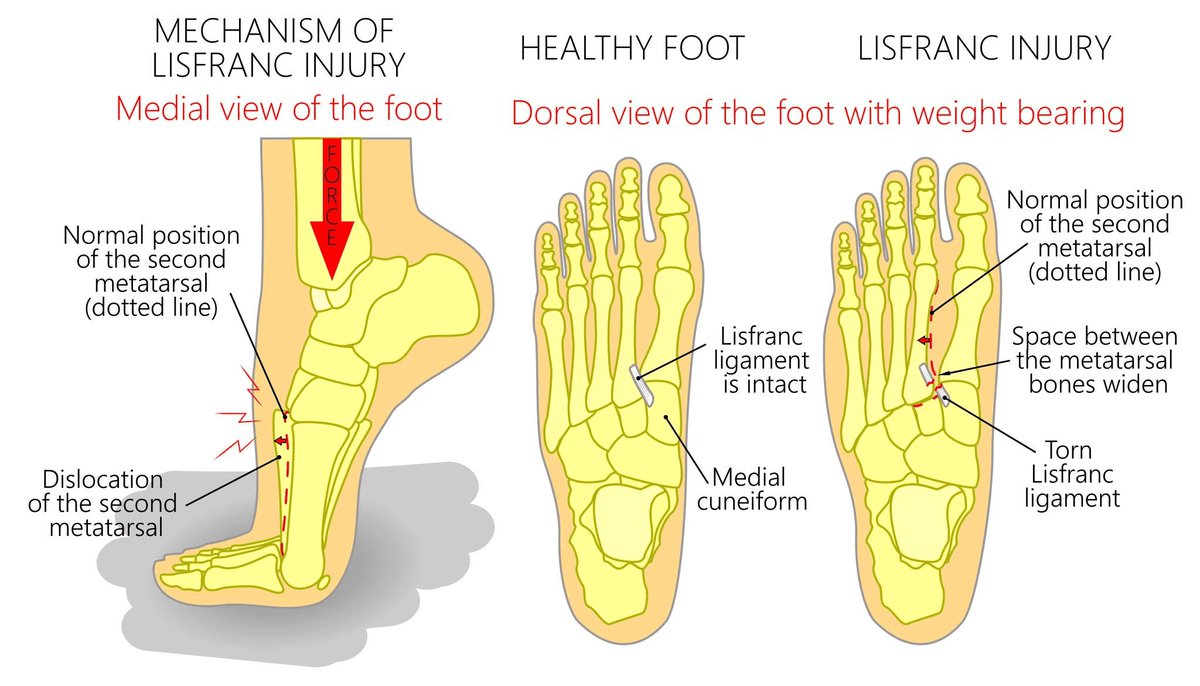Finger Ligament Tear: Collateral Ligament Injuries of the Fingers
What are the findings. What is the diagnosis. How are finger collateral ligaments evaluated on MRI. Explore the anatomy and physiology of finger collateral ligaments.
Anatomy and Physiology of Finger Collateral Ligaments
Finger collateral ligaments range in width from 4-8 mm and measure 12-14 mm in length. They can be divided into proper and accessory collateral ligaments. The proper collateral ligaments originate from small depressions along either side of the metacarpal head and course obliquely to insert at the palmar aspect of the proximal phalanx. The accessory collateral ligaments arise at the same depression as the proper collateral ligaments but in a more palmar location, extending to attach to the plantar plate.
The collateral ligaments passively restrain the joint by preventing excess motion, but are also innervated in a way that their nerves send signals to adjacent muscles to actively protect the joint in the event of stress. The collateral ligaments are taut in flexion and relaxed in extension, while the accessory collateral ligaments are taut in extension and more relaxed in flexion.
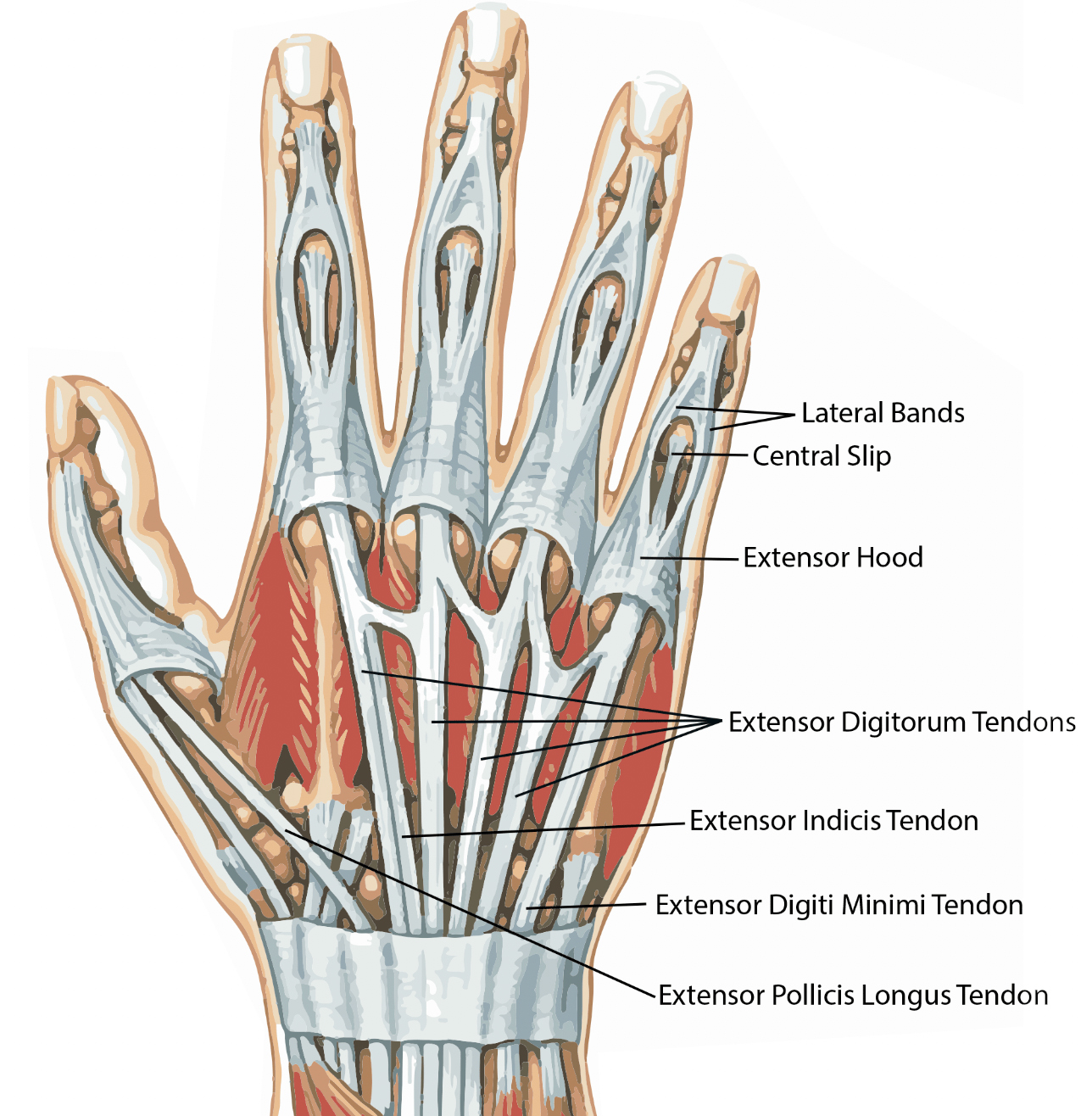
Normal MRI Appearance of Finger Collateral Ligaments
When evaluating the collateral ligaments on MRI, it is important to recognize their oblique course when the fingers are in the usual extended position for imaging. Theumann et al. described a technique of obtaining scans with the MCP joint in flexion, which allows the collateral ligaments to be visualized on a single orthogonal axial slice. However, this approach is not practical for routine imaging as it can make evaluation of other anatomical structures more difficult.
In routine clinical practice, images are obtained with the fingers in extension, and the interpreter must recognize that the ligament should be followed from proximal to distal as one moves from dorsal to palmar in the coronal plane.
Finger Collateral Ligament Injuries
Injuries to the fingers are quite common, with an estimated 20% of emergency department visits being due to traumatic finger injuries. Many such injuries involve the collateral ligaments, with the ulnar collateral ligament tear of the thumb being the best known. Collateral ligament injuries in the fingers are thought to be less common and relatively less reported in the literature, but clinical experience indicates they are much more frequent than once believed.
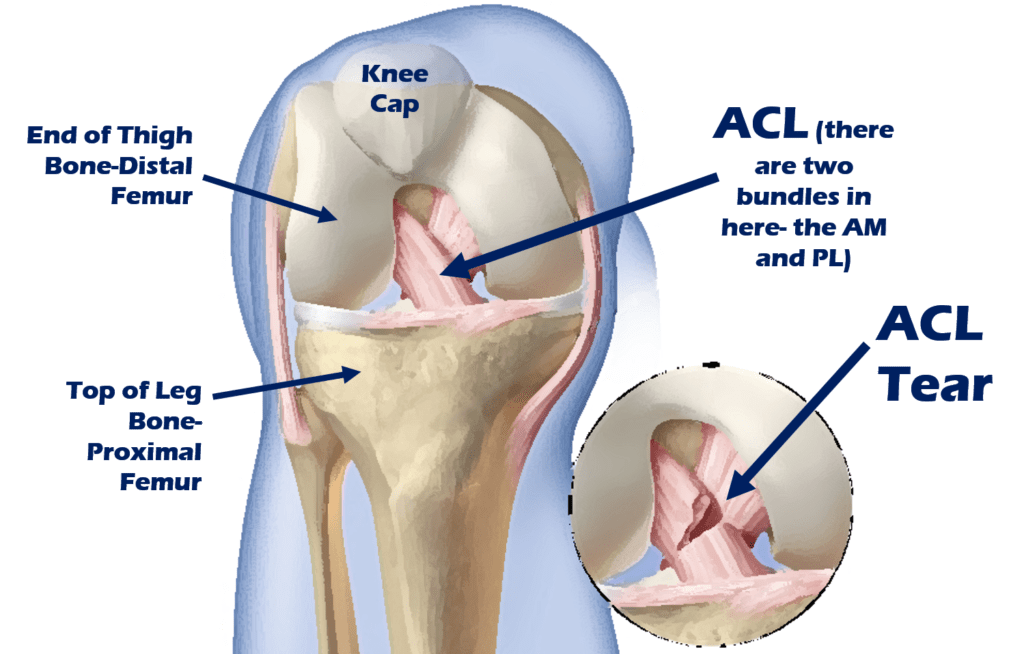
While the majority of reported cases involve the radial collateral ligament (RCL) of the index finger, collateral ligament tears have been described in all digits. Though some reports describe relatively low accuracy and sensitivity for MRI in the evaluation of digital collateral ligament injuries, advances in technique and a proper understanding of collateral ligament anatomy allow these injuries to be routinely diagnosed with MRI.
Case Presentation and Findings
A 16-year-old male presents for MRI of the hand following a wrestling injury. The patient complains of pain at the metacarpal-phalangeal joint (MPJ) of the small finger. The consecutive coronal images (Figure 1A) demonstrate a bulky retracted radial collateral ligament, with the ulnar collateral ligament showing proximal edema but remaining intact. On the third image, attenuated midsubstance radial collateral ligament fibers are present, and a fluid-filled gap is seen at the normal distal insertion site of the RCL on the final slice.
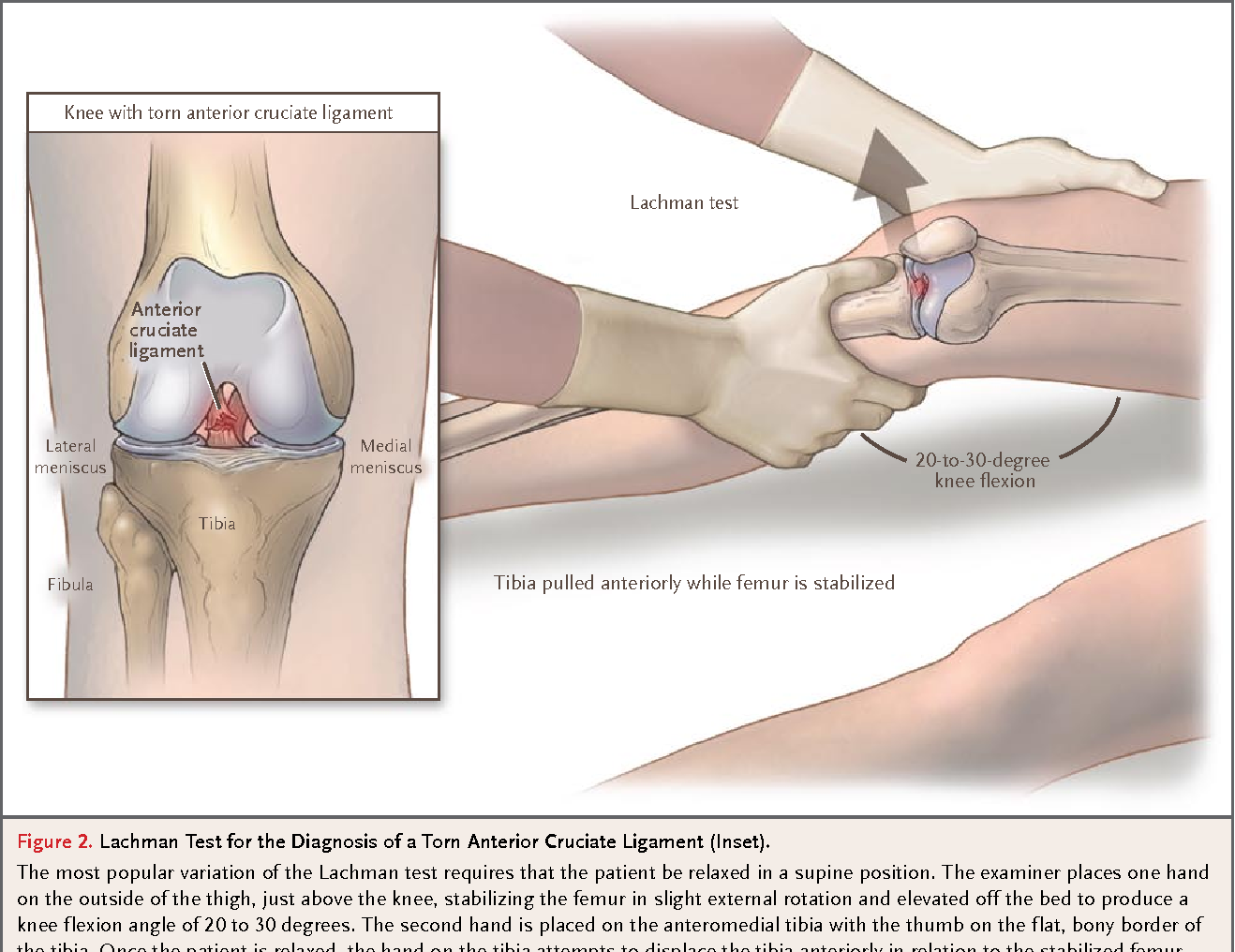
The proton density-weighted axial image (Figure 1B) confirms the bulky retracted fibers of the RCL. Marrow edema within the distal metacarpal is compatible with a bone bruise.
Diagnosis
The findings are consistent with a complete retracted distal tear of the radial collateral ligament at the small finger metacarpophalangeal joint.
Importance of Understanding Collateral Ligament Anatomy and Imaging
While collateral ligament injuries of the fingers may have been historically underappreciated, a proper understanding of their anatomy and MRI appearance is crucial for accurate diagnosis. Advances in imaging techniques and recognition of the oblique course of the ligaments in the coronal plane allow these injuries to be reliably identified, leading to appropriate treatment and rehabilitation.
Conclusion
Collateral ligament injuries of the fingers, though perhaps less commonly reported, are in fact quite frequent clinical occurrences. Careful evaluation of the collateral ligaments on MRI, with an understanding of their normal anatomy and imaging appearance, is essential for accurate diagnosis and management of these injuries.
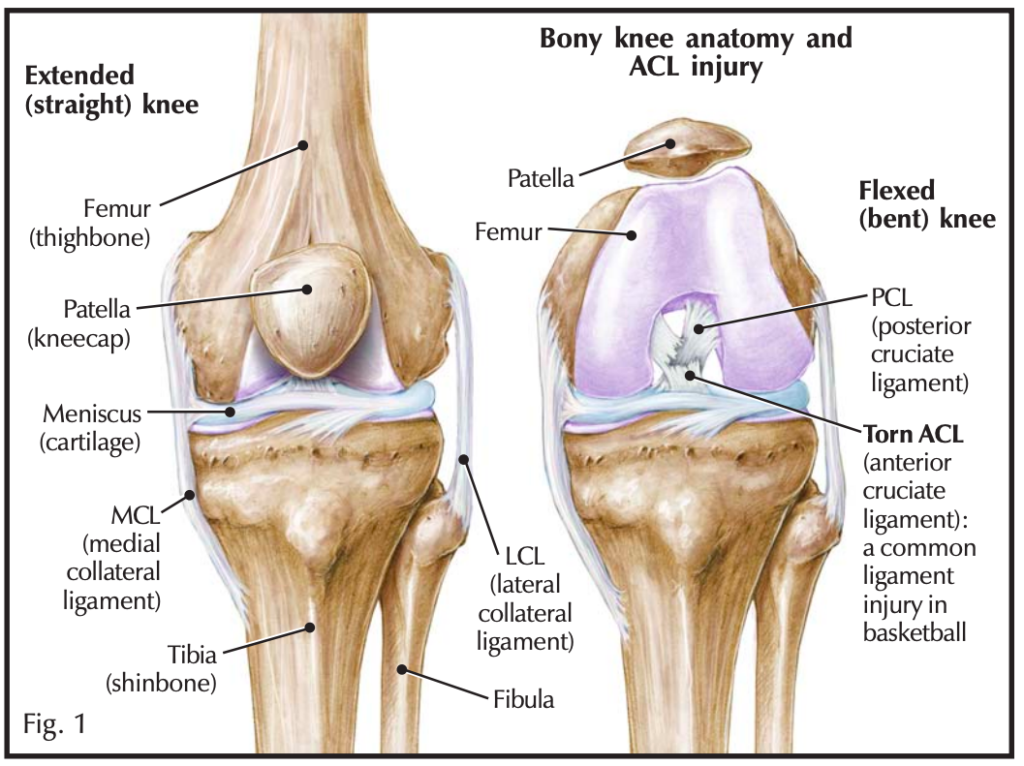
Collateral Ligament Injuries of the Fingers
Clinical History: A 16 year-old male presents for MRI of the hand following a wrestling injury. The patient complains of pain at the metacarpal-phalangeal joint (MPJ) of the small finger. Consecutive (1A) fat-suppressed T2-weighted images of the small finger MPJ from dorsal to palmar and a (1B) single fat-suppressed proton density-weighted axial image are provided. What are the findings? What is the diagnosis?
1a
1b
Figure 1
Findings
2a
2b
Figure 2:
The (1A) consecutive coronal images demonstrate a bulky retracted radial collateral ligament (arrows) on the first two, most dorsal slices. The ulnar collateral ligament (blue arrows) demonstrates proximal edema but is intact. On the 3rd image, attenuated midsubstance radial collateral ligament (RCL) fibers are present (red arrowhead). A fluid filled gap is present at the normal distal insertion site of the RCL on the final provided slice (red arrowhead). The normal distal ulnar collateral ligament (UCL) (blue arrowhead) is well seen on the final slice. Marrow edema within the distal metacarpal (asterisks) is compatible with a bone bruise. The (2B) proton density-weighted axial image at the level of the metacarpal head confirms the bulky retracted fibers (arrow) of the RCL.
The normal distal ulnar collateral ligament (UCL) (blue arrowhead) is well seen on the final slice. Marrow edema within the distal metacarpal (asterisks) is compatible with a bone bruise. The (2B) proton density-weighted axial image at the level of the metacarpal head confirms the bulky retracted fibers (arrow) of the RCL.
Diagnosis
Complete retracted distal tear of the radial collateral ligament at the small finger metacarpal-phalangeal joint.
Introduction
Injuries to the fingers are quite common, as it has been estimated that 20% of emergency department visits are due to traumatic finger injuries.1 Many such injuries involve the collateral ligaments, the best known of these being the ulnar collateral ligament tear of the thumb. Collateral ligament injuries in the fingers are thought to be less common and are relatively less reported in the literature. But clinical experience indicates that these injuries are much more frequent than once believed. 2 Although the majority of reported cases involve the RCL of the index finger3, collateral ligament tears have been described in all digits.4,5 Though some reports describe relatively low accuracy and sensitivity for MRI in the evaluation of digital collateral ligament injuries6, advances in technique and a proper understanding of collateral ligament anatomy allow these injuries to be routinely diagnosed with MRI.
2 Although the majority of reported cases involve the RCL of the index finger3, collateral ligament tears have been described in all digits.4,5 Though some reports describe relatively low accuracy and sensitivity for MRI in the evaluation of digital collateral ligament injuries6, advances in technique and a proper understanding of collateral ligament anatomy allow these injuries to be routinely diagnosed with MRI.
Anatomy and Physiology
Finger collateral ligaments range in width from 4-8 mm and measure 12-14 mm in length.7 Proper and accessory collateral ligaments are present. The proper collateral ligaments originate from small depressions along either side of the metacarpal head and their origins lie approximately one-third of the way down from the dorsal surface of the metacarpal head. The ligaments course obliquely to insert at the palmar aspect of the proximal phalanx. Throughout this web clinic, the proper collateral ligaments will be referred to for simplicity as collateral ligaments. The accessory collateral ligaments arise at the same depression as the proper collateral ligaments but in a more palmar location. These structures extend in a palmar direction to attach firmly to the plantar plate.8
The accessory collateral ligaments arise at the same depression as the proper collateral ligaments but in a more palmar location. These structures extend in a palmar direction to attach firmly to the plantar plate.8
3
Figure 3:
Lateral 3D renderings of the metacarpophalangeal joint of the index finger demonstrate the proper radial collateral ligament (pRCL) and accessory collateral ligament (aRCL) in extension and flexion.
The collateral ligaments passively restrain the joint by preventing excess motion, but also are innervated in such a way that their nerves send signals to adjacent muscles that influence active protection of the joint in the event of stress.9 The collateral ligaments are taut in flexion and relaxed in extension whereas the accessory collateral ligaments are taut in extension and more relaxed in flexion. The collagen fibers of the ligaments are able to elongate under stress to reach maximum stiffness. Excessive stress overcomes this viscoelastic elongation resulting in ligamentous disruption.
Normal MRI Appearance:
The key anatomical point when evaluating the collateral ligaments on MRI is recognition of the oblique course of the ligament when the fingers are in their usual extended position for MRI scanning. Theumann et al. described a novel MR approach in which scans are obtained in flexion of the MCP, in which case the collateral ligaments can be visualized on a single orthogonal axial slice (Figure 4). Though an elegant technique, this approach is not practical for routine imaging as other anatomical structures become more difficult to evaluate. Therefore, in routine clinical practice, images are obtained with the fingers in extension, and the interpreter of MRI must recognize that the ligament should be followed from proximal to distal as one moves from dorsal to palmar in the coronal plane (Figure 5).
4
Figure 4:
A 3D rendering of a finger demonstrates how a collateral ligament can be visualized in its entirety on a single imaging slice by performing an axial image through the flexed finger.
5a
5b
Figure 5:
Consecutive 3mm thick fat-suppressed T2-weighted coronal images (5A) from dorsal to palmar at the ring finger MCP joint demonstrate the normal appearance of the proximal, mid, and distal components of the collateral ligaments (arrows). The accessory collateral ligaments are best seen on axial images at the level of the metacarpal head. On (5B) a fat-suppressed proton density-weighted axial image, the accessory collateral ligament (arrows) is best seen on the ulnar side, coursing from its origin just palmar to the proximal ulnar collateral ligament (asterisk) to its attachment to the plantar plate (P).
Although not routinely necessary, knowledge of the oblique course of the collateral ligaments allows depiction of the ligaments in their entirety through the use of oblique image reconstructions, a feature that is readily available on a number of modern PACS solutions. By creating an angled coronal slice along the typical course of the ligaments, revealing images can be obtained even when utilizing conventional 2D datasets (Figure 6).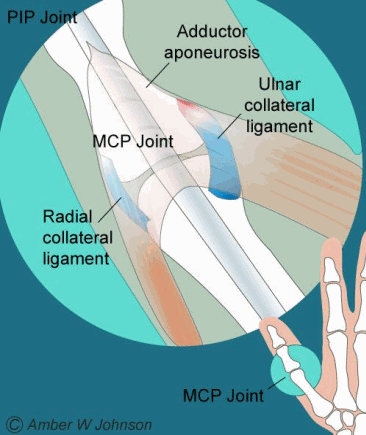
6a
6b
Figure 6:
A fat-suppressed T2-weighted coronal oblique reformatted image (6A) of the ring finger MCP joint (same patient as in 5) demonstrates the normal radial and ulnar collateral ligaments from proximal to distal (arrowheads). The T2-weighted sagittal reference image (6B) indicates the imaging plane utilized.
MRI of Collateral Ligament Tears of the Fingers
The literature is relatively inconsistent in its descriptions of incidence and locations of collateral ligament tears of the fingers.10,11 In our experience at Radsource, radial collateral ligament tears are more common than those on the ulnar side. The index (Figure 7) and small fingers (Figure 2) are most commonly affected, presumably because they are not buttressed on both sides by adjacent fingers. Ulnar collateral ligament tears are most common at the index finger as it is susceptible to unsupported radial deviation, but high grade radial collateral ligament tears of the index finger (Figure 8) are imporant to recognize as if not properly treated such tears are more likely to result in significant functional impairment with loss of pinch and grasp strength.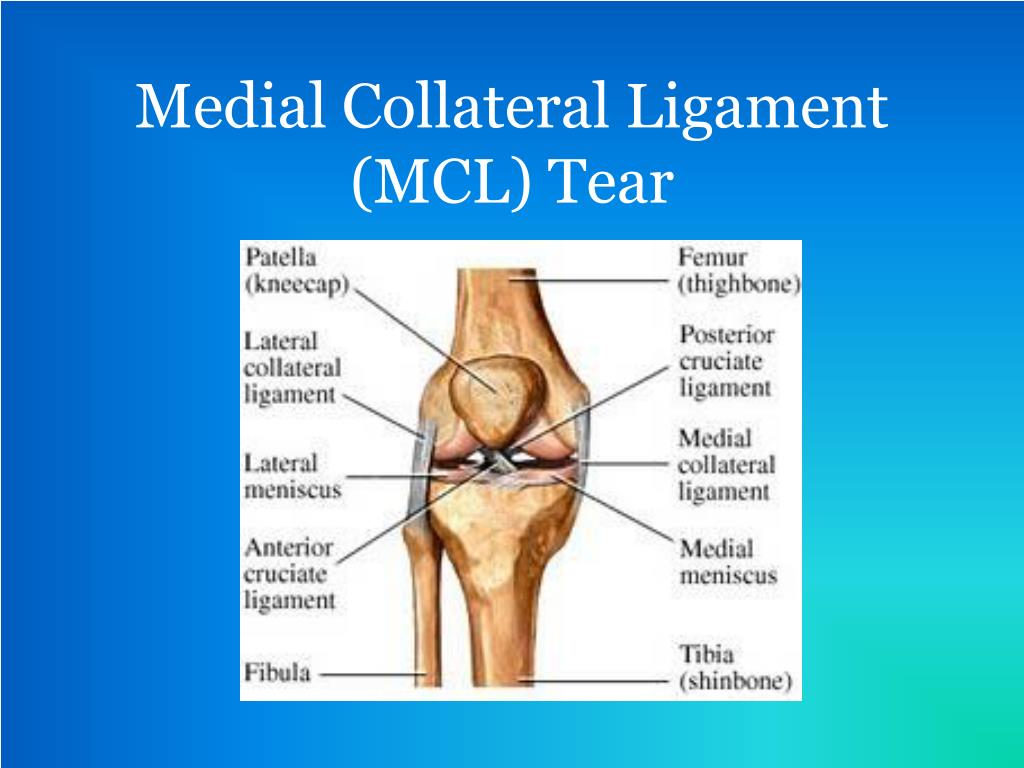 12
12
7a
7b
Figure 7:
A fat-suppressed T2-weighted coronal image from a 26 year-old male who suffered a twisting injury to the index finger reveals a thickened and edematous proximal UCL (arrow) compatible with a relatively mild partial tear. No ligamentous gap is seen. Avulsive marrow edema is present deep to the ligament origin and bone bruising is evident along the radial aspect of the joint (asterisks), the latter presumably due to valgus force. The thickened and edematous proximal UCL (arrow) is confirmed in its typical dorsal location on a fat-suppressed proton density-weighted axial image at the level of the metacarpal head.
8a
8b
Figure 8:
A 58 year-old female presents two weeks after injury to the index MCP joint from a fall when playing tennis. 2 consecutive fat-suppressed T2-weighted coronal images (8A) from dorsal to palmar are provided. On the first image, an undersurface partial tear (arrow) is seen at the proximal attachment of the RCL. On the next more palmar slice, stripped ligamentous tissue (arrow) is noted to extend more proximally than is typical. Joint instability is apparent on a corresponding fat-suppressed T2-weighted sagittal image (8B), with clear palmar subluxation of the proximal phalanx (asterisk). A bone bruise (arrow) is apparent within the dorsal aspect of the metacarpal head.
On the next more palmar slice, stripped ligamentous tissue (arrow) is noted to extend more proximally than is typical. Joint instability is apparent on a corresponding fat-suppressed T2-weighted sagittal image (8B), with clear palmar subluxation of the proximal phalanx (asterisk). A bone bruise (arrow) is apparent within the dorsal aspect of the metacarpal head.
Collateral ligament tears at the MCP joints can be proximal, distal, or least commonly midsubstance (Figure 9). One particular pattern of injury is quite important to recognize. In some cases of collateral ligament tears of the MCP joint, ligamentous tissue can become interposed between its attachment site and the sagittal band or extensor hood, resulting in a “Stener-like lesion”.13 We have seen this appearance at multiple digits, but most commonly the tear involves the RCL of the small finger. Such cases (Figures 10-13) result in a ligament tear that can never reattach with conservative treatment, and as with similar lesions at the MCP joint of the thumb, are an absolute indication for surgical repair.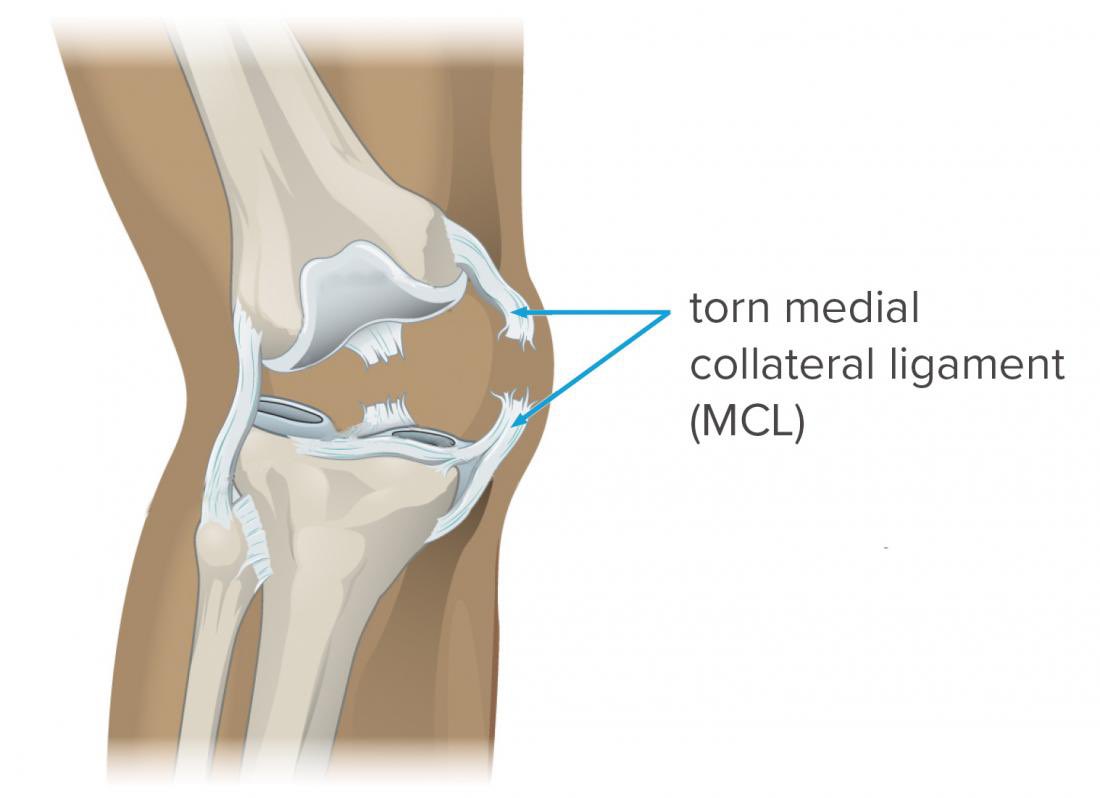
9a
9b
Figure 9:
MRI of the long finger MCP joint in a 43 year-old male 5 weeks after injury with persistent pain and instability despite conservative therapy. Consecutive fat-suppressed T2-weighted coronal images from dorsal to palmar (9A) demonstrate a thickened edematous proximal RCL likely due to retracted ligamentous fibers (arrow) on the most dorsal image. The middle image reveals a near-complete midsubstance ligamentous gap (arrow). The 3rd, most palmar view demonstrates residual intact ligamentous fibers at the distal insertion (arrow). A coronal oblique reconstruction (9B) demonstrates the entirety of the ligament with its midsubstance defect (arrow). The normal UCL (asterisk) is well seen on this oblique view.
10a
10b
Figure 10:
STIR coronal (10A) andn axial (10B) images from a 75 year-old male injured in a fall demonstrate a complete distal tear of the small finger MCP joint RCL with displaced ligamentous tissue (arrows).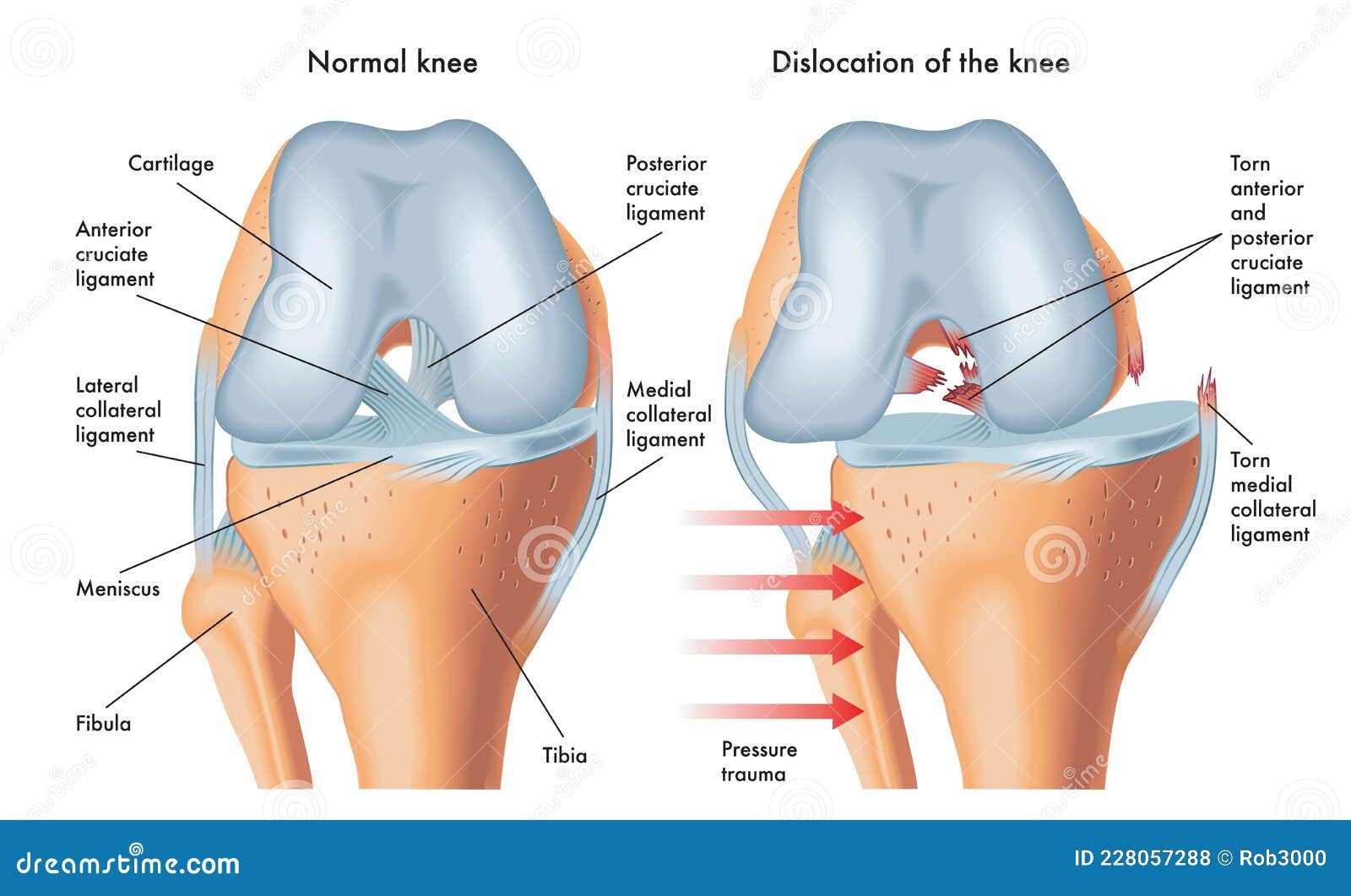 The displaced ligament clearly lies peripheral to the radial sagittal band (arrowheads) on the axial view.
The displaced ligament clearly lies peripheral to the radial sagittal band (arrowheads) on the axial view.
11a
11b
Figure 11:
A 47 year-old male plumber presented 4 weeks after striking the dorsum of his hand after falling from a ladder. He complained of a tender mass between the ring and small metacarpal heads. A STIR coronal image (11A) reveals a retracted distal tear of the RCL at the small finger MCP joint. As a mass was suspected, the study included post-contrast images. A post-coontrast fat-suppressed T1-weighted axial view demonstrates enhancement which nicely delineates the torn retracted RCL (arrow 11B). The RCL clearly lies superficial to the radial sagittal band (arrowheads).
12a
12b
Figure 12:
Operative photos from another patient with a “Stener-like” lesion of the small finger MCP joint RCL. The RCL (arrow) was distally torn and retracted to lie peripheral to the radial sagittal band (asterisk). The involved structures are outlined in 12B (red-sagittal band, green-RCL).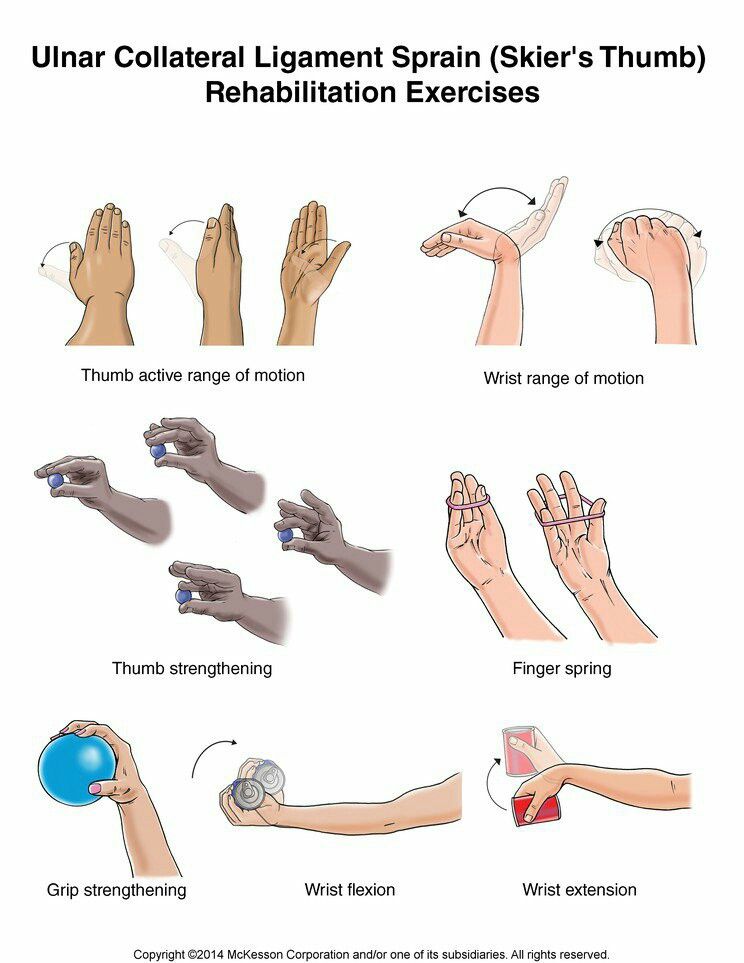 Photos courtesy of Sunil Thirkannad, MD, Kleinert Kutz Hand Center, Louisville, KY.
Photos courtesy of Sunil Thirkannad, MD, Kleinert Kutz Hand Center, Louisville, KY.
13
Figure 13:
3D dorsal radial views of the 5th metacarpophalangeal joint demonstrate the mechanism of the Stener-like lesion. The normal position of the radial collateral ligament is depicted deep to the radial sagittal band (left image). With a sufficient abduction stress the radial collateral ligament tears white arrow (middle image), and with progressive ulnar deviation the radial collateral ligament (arrowhead) can displace superficial to the radial sagittal band (asterisk), which prevents apposition of the torn ligament and spontaneous healing.
Treatment
Conservative treatment such as splinting and buddy taping is recommended by most surgeons for stable partial collateral ligament tears and for tears with non-displaced or minimally displaced avulsion fractures. In such cases splinting is typically required for 3-6 weeks. Typical indications for operative intervention include the presence of intra-articular fractures, large avulsion fragments, and Stener-like lesions. However, any high grade collateral ligament tear with joint instability should be considered for surgical repair, as there is a well known risk of chronic instability and secondary osteoarthritis in patients with such tears that are treated conservatively (Figure 14). Ligaments left to heal conservatively often appear thicker due to scarring and disorganized collagen, but these thicker structures lack the strength of a normal collateral ligament. Highly active individuals such as athletes or people whose work demands active gripping are candidates for operative intervention, as are patients with chronic tears who have failed conservative therapy.
However, any high grade collateral ligament tear with joint instability should be considered for surgical repair, as there is a well known risk of chronic instability and secondary osteoarthritis in patients with such tears that are treated conservatively (Figure 14). Ligaments left to heal conservatively often appear thicker due to scarring and disorganized collagen, but these thicker structures lack the strength of a normal collateral ligament. Highly active individuals such as athletes or people whose work demands active gripping are candidates for operative intervention, as are patients with chronic tears who have failed conservative therapy.
14a
14b
14c
Figure 14:
A 65 year-old female with a history of long finger MCP joint RCL tear treated conservatively presents with pain and swelling at the joint. STIR (14A) and proton density-weighted coronal (14B) images reveal thickening of the proximal RCL (arrows) at the long finger MCP joint with metacarpal marrow edema on the STIR image and increased signal within the ligament on the proton density-weighted view. Loss of joint space is apparent. The T1-weighted sagittal image (14C) demonstrates prominent subchondral degenerative changes at the metacarpal head (arrow).
Loss of joint space is apparent. The T1-weighted sagittal image (14C) demonstrates prominent subchondral degenerative changes at the metacarpal head (arrow).
Although arthroscopic repair of MCP collateral ligaments has been described14, the vast majority of surgeries for MCP collateral ligament injuries are performed as open procedures, typically utilizing interference screws or anchors. The joint is approached dorsolaterally, incising the extensor apparatus at the junction of the extensor tendon and the sagittal band. The ligament should be reattached in 45 degrees of flexion in order to achieve correct tensioning, and post-operatively the patient is typically splinted in 30-45 degrees of flexion.15 Surgical results are generally excellent with patients often achieving full recovery in 10-11 weeks without residual laxity. As with most other body parts in the musculoskeletal system, MRI can be of benefit in the evaluation of post-operative patients who have persistent symptoms (Figure 15).
15a
15b
15c
Figure 15:
A radiograph at the time of initial injury in a 46 year-old female who suffered a RCL proximal avulsion fracture (arrow) at the small finger MCP joint. The patient returned for MR imaging 2 years after surgery with complaints of recurrent instability. STIR (15B) and proton density-weighted (15C) coronal images demonstrate an intact ligamentous repair (arrows) with proximal artifact from a metallic anchor. Though the ligament is intact it appears longer and more lax than a typical collateral ligament, perhaps accounting for instability in this patient.
Conclusion
Collateral ligament injuries at the MCP joints of the fingers are under-unreported in the literature, but are routinely encountered in a busy musculoskeletal radiology practice. The key to accurate diagnosis is the understanding of the anatomy and the oblique course of the collateral ligaments with the fingers in extension. Knowledge of this anatomy allows the astute interpreter of MRI to diagnose the injury and gauge the degree of severity, including ligamentous retraction or gaps. In rare cases, a “Stener-like” lesion may be found, and in this situation surgery is required to achieve an acceptable clinical result.
In rare cases, a “Stener-like” lesion may be found, and in this situation surgery is required to achieve an acceptable clinical result.
References
- Clark DP, Scott RN, Anderson IW. Hand problems in an accident and emergency department. J Hand Surg (Br) 1985;10(3):297–299. ↩
- Delaere OP, Suttor PM, Degolla R, et al. Early surgical treatment for collateral ligament rupture of the metacarpophalangeal joints of the fingers. J Hand Surg (Am) 2003; 28A:309–315. ↩
- Gaston RG, Lourie GM. Radial collateral ligament injury of the index metacarpophalangeal joint: an underreported but important injury. J Hand Surg (Am). 2006;31(8):1355–61. ↩
- Dray G, Millender LH, Nalebuff EA. Rupture of the radial collateral ligament of a metacarpophalangeal joint to one of the ulnar three fingers. J Hand Surg Am 1979;4:346-350. ↩
- Ishizuki M. Injury to collateral ligament of the metacarpophalangeal joint of a finger. J Hand Surg Am 1988;13:444-448.
 ↩
↩ - Lutsky K, Levi D, Beredjiklian P. Utility of MRI for diagnosing complete tears of the collateral ligaments of the metacarpophalangeal joints of the lesser digits. HAND (2014) 9:112–116. ↩
- Dy CJ, Tucker SM, Kok PPL, Hearns KA, Carlson MG. Anatomy of the radial collateral ligament of the index metacarpophalangeal joint. J Hand Surg Am. 2013;38(1):124e128. ↩
- Theumann NH, Pfirrmann CW, Drape JL, et al. MR Imaging of the Metacarpophalangeal Joints of the Fingers. Part I. Conventional MR Imaging and MR Arthrographic Findings in Cadavers. Radiology 2002; 222:437–445. ↩
- Rozmaryn LM. The Collateral Ligament of the Digits of the Hand: Anatomy, Physiology, Biomechanics, Injury, and Treatment. J Hand Surg Am. 2017;42(11):904e915. ↩
- Lourie GM, Baston RG, Freeland AE. Collateral Ligament Injuries of the Metacarpophalangeal Joints of the Fingers. Hand Clin 22 (2006) 357–364. ↩
- Theumann NH, Pessis E, Lecompte M. MR imaging of the metacarpophalangeal joints of the fingers: evaluation of 38 patients with chronic joint disability.
 Skeletal Radiol (2005) 34:210–216. ↩
Skeletal Radiol (2005) 34:210–216. ↩ - Doyle JR, Atkinson RE. Rupture of the radial collateral ligament of the metacarpophalangeal joint of the index finger: a report of three cases. J Hand Surg (Br) 1989;14(2):248–50. ↩
- Coffey MJ, Stadnick ME, Thirkannad SM. Stener-like lesion in the little finger (letter). The Journal of Hand Surgery Vol. 34E No. 2 April 2009 ↩
- Abernathie BL, Lovy AJ, Koehler SM, Hausman MR. Arthroscopic Repair of Collateral Ligaments in Metacarpophalangeal Joints. Arthrosc Tech. 2015 Apr; 4(2): e97–e100. ↩
- Kang L, Rosen A, Potter HG, Weiland AJ. Rupture of the Radial Collateral Ligament of the Index Metacarpophalangeal Joint: Diagnosis and Surgical Treatment. The Journal of Hand Surgery / Vol. 32A No. 6 July–August 2007. ↩
Finger Sprains: Symptoms, Causes, Diagnosis, Treatment
Written by WebMD Editorial Contributors
Medically Reviewed by Jabeen Begum, MD on September 21, 2022
- Sprained Finger Causes
- Sprained Finger Symptoms
- Sprained Finger Diagnosis
- Sprained Finger Treatment
A sprained finger is when you either stretch or tear one of the ligaments in your finger. A ligament is a band of soft tissue. Most connect the outside surface of one bone to another bone.
A ligament is a band of soft tissue. Most connect the outside surface of one bone to another bone.
A sprain is different from a strain, which is an injury to one of your muscles or tendons, the cords of tissue that connect your muscles to your bones.
Common causes of finger sprains include:
- An injury that causes your finger either to bend too far or bend in the wrong direction. If your finger bends backwards, it’s called “hyperextension.” For example, you might accidentally bend your finger in these ways during physical activities — especially in sports that involve using your hands, like basketball. You might accidentally jam your finger into a piece of equipment like the ball, or into another player, causing a sprain.
- Falling on your hand. You’re more likely to get a sprain if you have problems with balance or coordination, which makes you more likely to fall, or if you have weak ligaments.
If your finger is sprained, you might have:
- Pain in one of your finger joints when you try to move or use it
- Stiffness in your finger or having a hard time straightening or bending it
- Tenderness in your joint when you touch the area
- Swelling in one of your finger joints
Sometimes athletes who get sprained fingers ignore the injury. But the pain can be severe, and left untreated, it could get worse.
But the pain can be severe, and left untreated, it could get worse.
Your doctor will do a physical exam of your finger. You may also get imaging tests like an X-ray, and, in less common cases, an MRI.
If you do have a finger sprain, your doctor will assign it a grade based on how severe it is:
Grade 1: Your joint is stable but you have some stretching or microtearing in your ligament.
Grade 2: You have some mild instability in your joint and partial tearing in your ligament.
Grade 3: There’s significant instability in your joint and you’ve either severely or completely torn your ligament.
There are different treatments to help you feel better.
RICE therapy
Your doctor may recommend RICE therapy to manage your symptoms. RICE stands for Rest, Ice, Compression, and Elevation:
Rest: If a specific sport or activity caused your sprain, take a break from it for a while to help your finger heal.
Ice: Within the first 24 hours of your injury, you should apply ice to the area for 15 minutes at a time. If your symptoms last longer than that, you can do this for several days after the injury, too. This will ease any swelling or inflammation in your joint, and help ease the pain. Don’t put the ice directly on your skin. Instead, put it in a plastic bag or a cloth.
Compression: Your doctor may recommend that you wear an elastic compression bandage around your finger to provide support and prevent swelling.
Elevation: During the first 24 hours after your injury, try to keep your injured hand elevated to reduce swelling.
Your doctor may also suggest:
- Anti-inflammatory medication (such as aspirin, ibuprofen, or naproxen) to help with your pain.
- A finger splint.
- Buddy taping, which is when you tape it to the finger next to it If you do buddy taping, make sure to tape your middle finger to your index finger and your ring finger to your pinky.

- Surgery, if your injury is severe, meaning your ligament is completely torn or a piece of your bone has broken off.
Top Picks
Finger tendon rupture: treatment and symptoms
Why is a finger tendon rupture dangerous? The mobility of the hand is provided by the coordinated work of the flexors and extensors. The first are on the palmar surface of the hand, the second – on its back side. Fingers do not have muscles, so their movements are carried out through connective tissues. Flexors can be superficial or deep. Some of them are on the middle phalanges, others are on the nails. Tendon injuries occupy the first place among the injuries of the hands and fingers. About 30% of them are accompanied by complete or partial tendon ruptures. This is due to the special arrangement of tissues, which makes them easy to damage.
Flexors can be superficial or deep. Some of them are on the middle phalanges, others are on the nails. Tendon injuries occupy the first place among the injuries of the hands and fingers. About 30% of them are accompanied by complete or partial tendon ruptures. This is due to the special arrangement of tissues, which makes them easy to damage.
Classification
Injuries to the ligaments of the thumb reduce the functionality of the hand by 50%, the index and middle – by 20%. They are most common among people who prefer amateur sports activities. Depending on the presence of skin damage, tendon ruptures are divided into open and closed. The first occur when injured with piercing-cutting objects. The latter are diagnosed in athletes. The tendon is damaged when it is overstretched.
Tears are divided into partial and complete, the severity of the injury is assigned depending on the number of torn fibers. Total damage is more difficult to cure. Rupture of one ligament is considered isolated, several – multiple.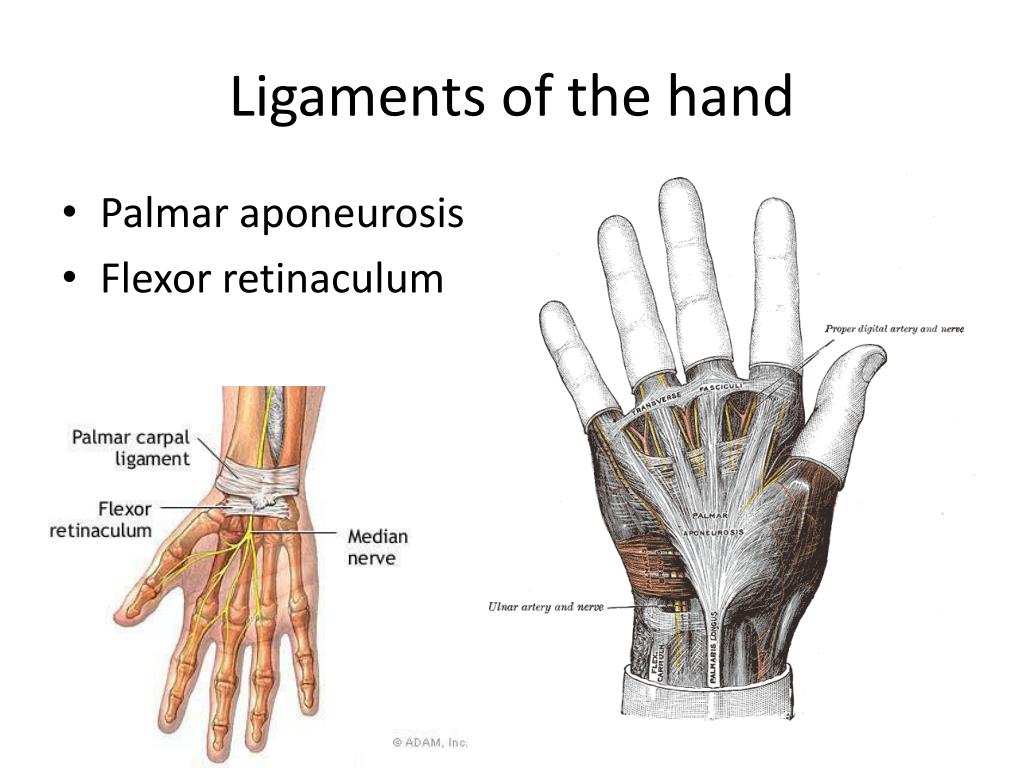 We are talking about a combined injury in case of damage to muscle tissues, blood vessels and nerve endings.
We are talking about a combined injury in case of damage to muscle tissues, blood vessels and nerve endings.
When prescribing treatment, it is important to determine the age of the injury. A subcutaneous rupture that occurred less than 3 days ago is considered fresh. Injuries that occurred more than 3 days ago are called stale. Those that happened 21 or more days ago are old.
Common causes of injury
Tendon and joint capsule injuries can be traumatic or degenerative in origin. The latter type is the result of tissue thinning, the first occurs with a sharp rise in weight. Sports injury can have a mixed origin.
Provoking factors are:
- a short break between workouts;
- lack of warm-up during class;
- reassessment of one’s capabilities;
- non-compliance with safety regulations.
The risk group includes people who are overweight and the elderly.
Characteristic signs
Symptoms of finger ligament rupture are determined by its localization. Damage to the tissues located on the anterior surface of the hand is accompanied by a violation of flexion functions. In this case, the fingers acquire an overbent position. When the tendons of the back of the hand are injured, extensor abilities suffer. Damage to the nerve endings can lead to numbness and paresthesia. If at least one of the symptoms listed above appears, you should consult a doctor. Fresh injuries heal faster than old ones.
Damage to the tissues located on the anterior surface of the hand is accompanied by a violation of flexion functions. In this case, the fingers acquire an overbent position. When the tendons of the back of the hand are injured, extensor abilities suffer. Damage to the nerve endings can lead to numbness and paresthesia. If at least one of the symptoms listed above appears, you should consult a doctor. Fresh injuries heal faster than old ones.
If a person notices that the function of the hand is seriously impaired, they should apply a sterile dressing and a cold compress. This prevents hemorrhage and the development of swelling. The limb must be raised above the head, this will slow down the speed of blood flow.
In the emergency room, the initial treatment of the wound is carried out, including the application of antiseptic solutions to the skin, stopping bleeding and suturing. After that, a tetanus toxoid vaccine is given and antibacterial drugs are administered. If a rupture of the extensor tendon of the finger is detected, the patient is sent to the surgeon. Without the operation, the brush may lose its function.
If a rupture of the extensor tendon of the finger is detected, the patient is sent to the surgeon. Without the operation, the brush may lose its function.
Therapeutic measures
Treatment of extensor tendon injuries can be carried out not only surgically, but also conservatively. However, this does not apply to flexor injury. In case of finger injuries, long-term wearing of a cast or other fixing device is indicated.
Injuries occurring in the area of the wrist are treated exclusively with surgery. The ends of the torn ligament are sewn together. If the damaged tissues are located in the area of the distal interphalangeal joint, the splint is applied for 5-6 weeks.
Faster recovery of finger functions is observed after the extensor tendon suture operation.
A post-surgery fixation device is required to keep the joint in an extended position. You will have to wear it for at least 3 weeks. The splint must be worn on the finger at all times.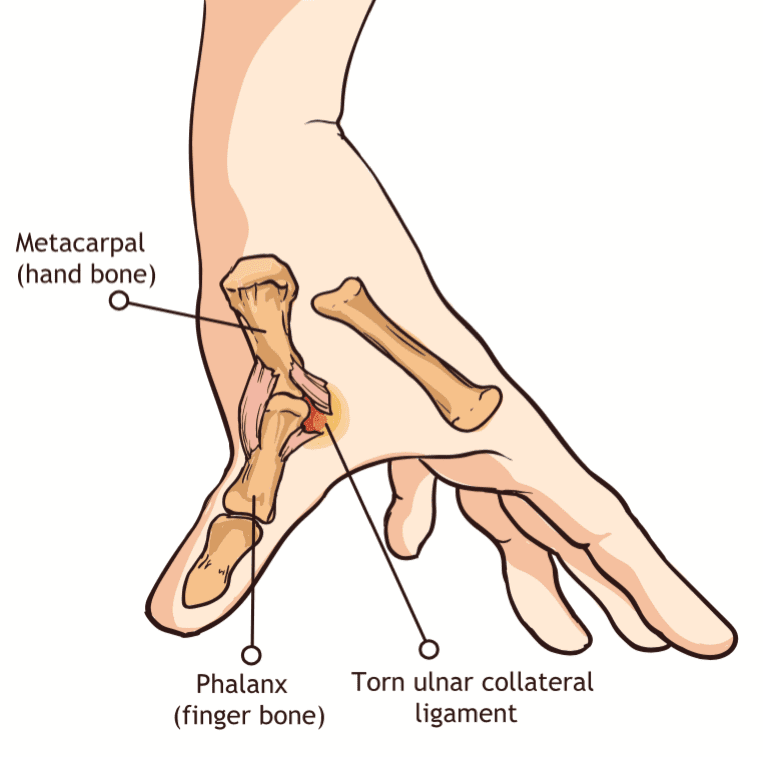 Its early removal can contribute to the rupture of the scar that has begun to form, as a result of which the nail phalanx will again assume a bent position. In such cases, repeated splinting is indicated. During the treatment period, it is recommended to be under medical supervision.
Its early removal can contribute to the rupture of the scar that has begun to form, as a result of which the nail phalanx will again assume a bent position. In such cases, repeated splinting is indicated. During the treatment period, it is recommended to be under medical supervision.
In boutonniere-type deformity, the joint is fixed in a straight position until the damaged tissues are completely healed. The suture is necessary for reduction and complete rupture of the tendon. In the absence of treatment or improper splinting, the finger assumes a bent state and freezes in this position. It is necessary to follow all the instructions of the traumatologist and wear a splint for at least 2 months. The doctor will tell you exactly when it will be possible to remove it.
An extensor tendon rupture at the level of the metacarpal, carpal joint, and forearm requires surgery. Spontaneous muscle contraction leads to a tightening of the tendons and a significant divergence of the damaged fibers.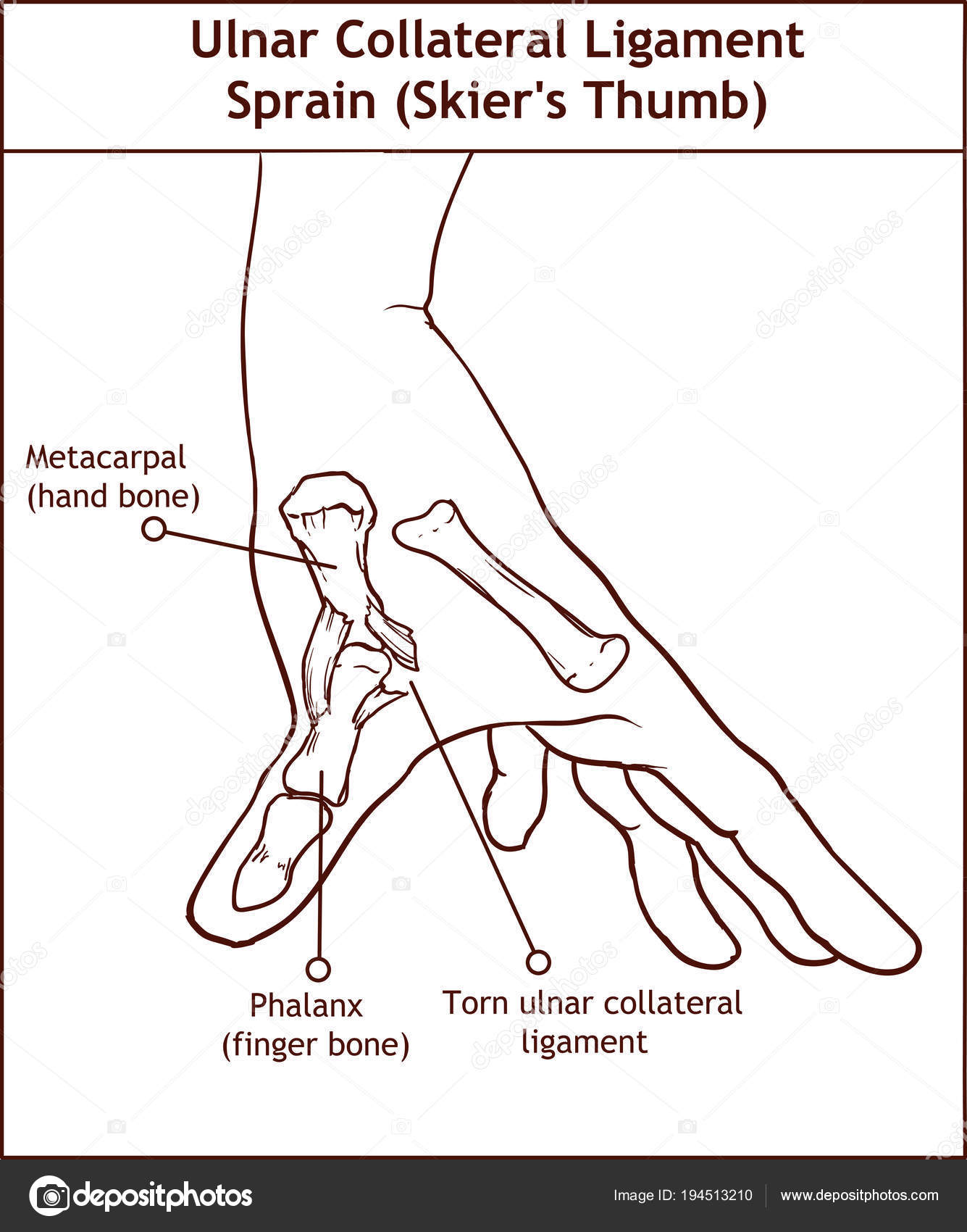
The operation is performed under local anesthesia. First, the bleeding is stopped, after which the torn ligament is sutured to the distal phalanx. If the injury is accompanied by a fracture, the bone fragment is fixed with a screw. The needle in the finger plays the role of a retainer.
Sutures and a tight cast or plastic splint are then applied. Postoperative immobilization helps avoid rupture of the repaired tendon.
Surgical intervention is performed on an outpatient basis, after its completion the patient can recover home.
Recovery period
Rehabilitation for finger flexor tendon rupture includes:
- massage;
- exercise therapy;
- taking medications.
Rubbing accelerates the process of repairing damaged tissues, increases their strength. The ligament must be worked out with the fingertips, the load must be increased gradually. Movements are carried out along the damaged section of the tendon.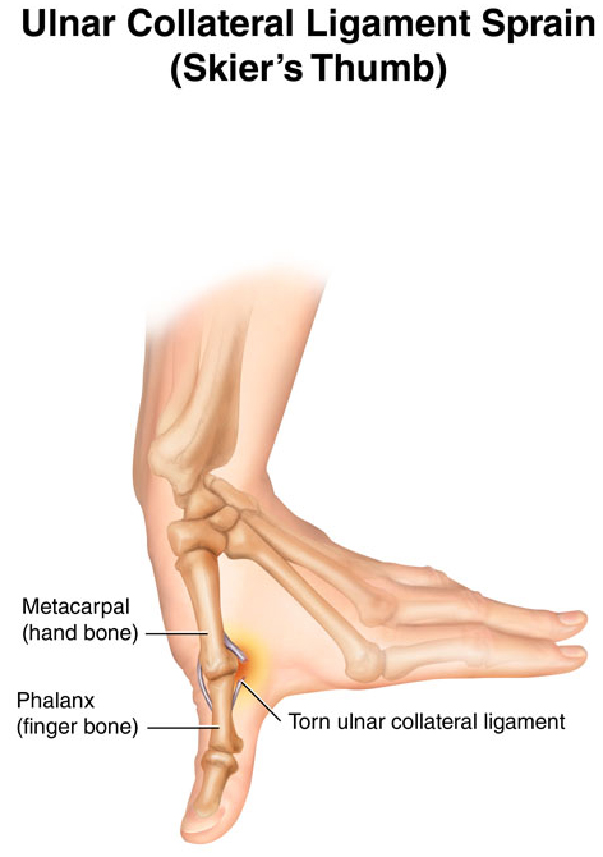 Massage can be started only after the completion of the stage of inflammation. The procedure should not last more than 10 minutes.
Massage can be started only after the completion of the stage of inflammation. The procedure should not last more than 10 minutes.
Finger development is an important part of rehabilitation. It enhances blood circulation and tissue nutrition. You need to squeeze your hand and hold it in this position for 10 seconds. After that, the fingers are unbent as far as possible and fixed in this position for 30 seconds.
You can not stretch the tendon abruptly, you can do the exercises as often as you like. Do not forget that classes should be regular.
In some cases, anti-inflammatory drugs are prescribed after splinting. However, the inhibition of the inflammatory process can interfere with the normal healing of tissues, which will lead to dysfunction of the hand.
If the pain syndrome does not disappear, it is necessary to stop exercise therapy until the condition of the ligament improves.
Watch this video on YouTube
How long does it take for a tendon rupture to heal? With minor injuries, recovery takes no more than a month. With a complete break, this period can last up to six months.
With a complete break, this period can last up to six months.
Treatment of damage to the tendons of the fingers in Kyiv – consultation price from 1000 UAH
Injuries are classified as single and multiple. They occur with cuts, bruises, open and closed fractures of bones, and other mechanical influences. Specialists observe frequent injury to the extensor and flexion systems.
Prices of the Department of Operative Orthopedics and Traumatology
| Reception of a leading specialist orthopedist-traumatologist (doctor of the highest category) (consultation, examination) | 1000 ₴ | ||
| Appointment with an orthopedist-traumatologist (consultation, examination) | 650 ₴ | ||
| Repeated appointment with an orthopedic traumatologist | 550 ₴ | ||
| Tendon suture | 18000 ₴ | ||
Our fingers and hands experience different stresses every day. Some of which lead to serious injuries not only to soft tissues, but also to tendons. Such pathologies significantly impair performance. Tendon injuries have their own specifics. They are unable to recover on their own. Surgery is required. Damage is classified as single and multiple. They occur with cuts, bruises, open and closed fractures of bones, and other mechanical influences. Specialists observe frequent injury to the extensor and flexion systems.
Some of which lead to serious injuries not only to soft tissues, but also to tendons. Such pathologies significantly impair performance. Tendon injuries have their own specifics. They are unable to recover on their own. Surgery is required. Damage is classified as single and multiple. They occur with cuts, bruises, open and closed fractures of bones, and other mechanical influences. Specialists observe frequent injury to the extensor and flexion systems.
Orthopedic and traumatologists
To the doctors page
Alok
Bansal
27
years of experience
Doctor orthopedist-traumatologist of the highest category, Candidate of Medical Sciences, PhD, Honored Doctor of Ukraine
Kiva
Maxim Igorevich
7
years of experience
Doctor orthopedist-traumatologist
Zalozhnikova
Elena Ivanovna
27
years of experience
Chief nurse of the highest category
Primak
Irina Anatolyevna
24
Years of Experience
Senior nurse of the highest category
Popova
Dina Vladimirovna
eleven
years of experience
Nurse
Kozak
Natalya Alexandrovna
7
years of experience
Nurse
Make an appointment
by ordering a call back or via your favorite messenger
Request a call
Causes and treatment
Injuries to the flexor tendons of the fingers are much more common than other types of injuries. The main causes are cuts and deep wounds with sharp objects. The injury often has a deep character, which is a consequence of the loss of flexion functions. It is possible to restore work with a timely operation and long-term rehabilitation.
The main causes are cuts and deep wounds with sharp objects. The injury often has a deep character, which is a consequence of the loss of flexion functions. It is possible to restore work with a timely operation and long-term rehabilitation.
Injury to the extensor tendons of the fingers is less dangerous, but also results in poor hand and finger function. When receiving such an injury, it is very important to provide the correct first aid. It consists in applying a tourniquet, a sterile bandage and ice. All these actions are necessary to slow down bleeding. After that, the hand must be shown to the doctor to assess the complexity of the disease. Treatment is prescribed depending on the level of the depth of damage.
Damage to the tendons of the fingers requires immediate surgery. Quite often there is a need for microsurgical techniques. In case of serious injuries, doctors apply primary and secondary sutures.
Injury to the tendons of the fingers is a serious problem in which the sooner treatment is started, the sooner the basic functions of the hand are restored.

 ↩
↩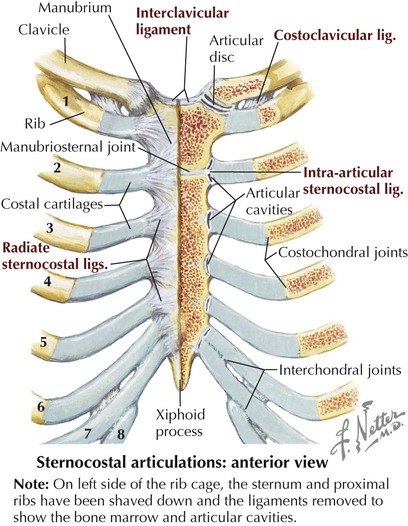 Skeletal Radiol (2005) 34:210–216. ↩
Skeletal Radiol (2005) 34:210–216. ↩